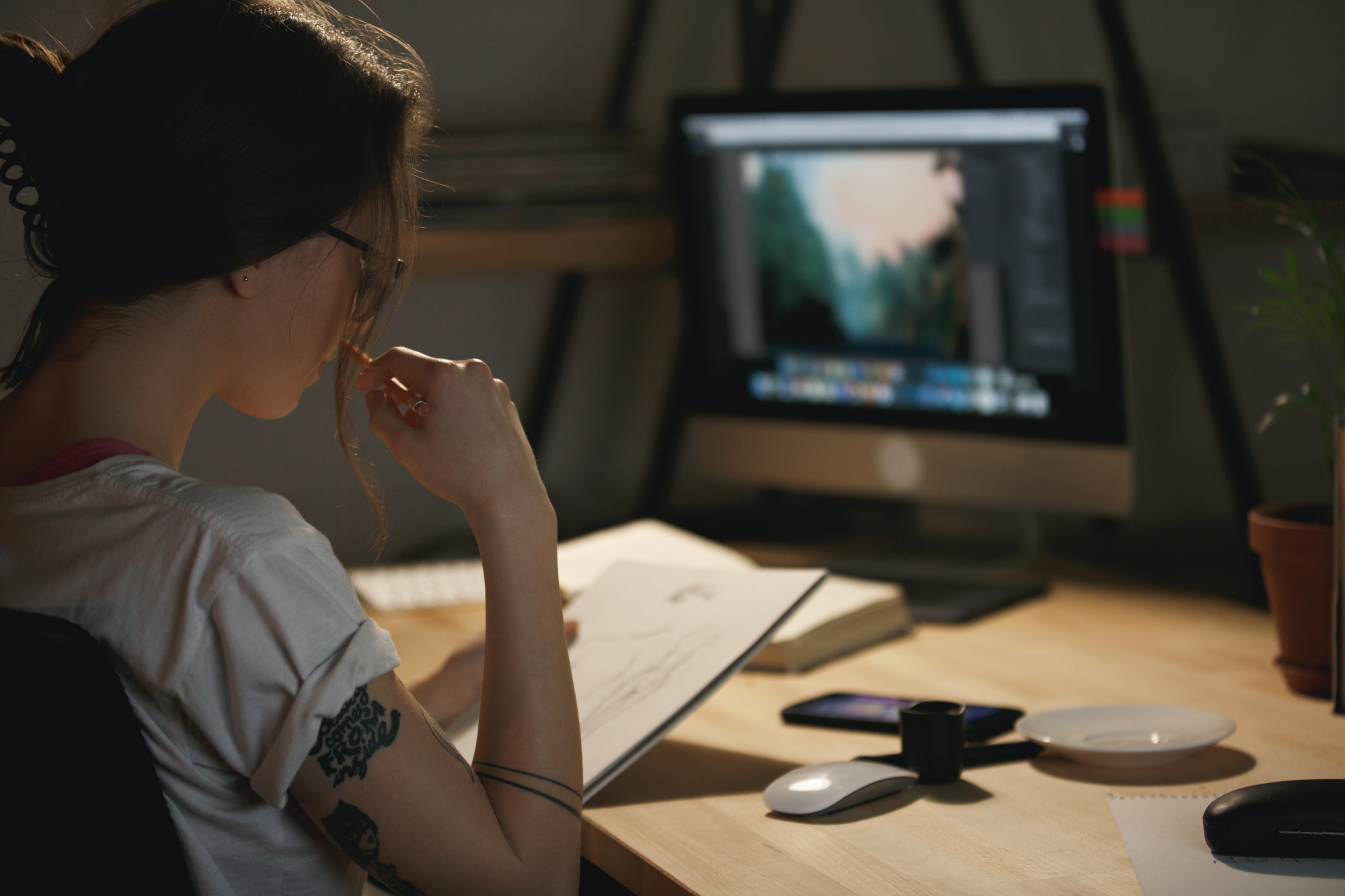The world of art has always evolved, but the impact of technology on how we study and create art has been transformative. Traditional techniques are increasingly merging with digital tools, creating new possibilities for artistic expression and career paths. From graphic design to 3D modeling, art education is embracing digital advancements that challenge and enhance the creative process.
It’s crucial for art degree students to stay abreast of these evolving technologies. Whether you’re learning traditional painting or digital animation, the way art is taught today requires a combination of creativity and technological proficiency. And if you’re balancing coursework and artistic projects, platforms like DoMyEssay website can help manage assignments, giving you more time to focus on mastering your craft.
Here are several examples of how studying art is changing with the rise of digital tools and technologies.
Digital Drawing Tablets
One of the most noticeable shifts in art education is the widespread use of digital drawing tablets like Wacom or iPads with Apple Pencils. These tools allow artists to draw, sketch, and paint directly into software such as Adobe Photoshop or Procreate, offering an endless variety of brushes, textures, and effects.
Unlike traditional sketchbooks, digital tablets give students the flexibility to easily edit, erase, and experiment with their work without wasting materials. This fusion not only expands creative liberty but also accelerates the processes of iteration and refinement. Students can focus more on honing their skills rather than worrying about the limitations of physical media.
3D Modeling and Sculpting
The advent of 3D modeling tools like Blender and ZBrush has revolutionized the teaching of sculpture and design. Art students no longer need access to expensive materials like clay or stone to create detailed models. Instead, 3D modeling software allows them to build, manipulate, and refine their designs in a virtual space.
These programs are especially useful in industries like animation, video game design, and product design, where digital sculpting skills are highly sought after. Students can develop complex structures and render them from multiple angles, making 3D modeling a valuable tool for future careers in art and design.
Virtual Reality (VR) and Augmented Reality (AR)
Virtual Reality (VR) and Augmented Reality (AR) are pioneering new realms for interactive and immersive art experiences. Art students are increasingly using VR tools to create environments where viewers can walk through and explore their artwork in a three-dimensional, virtual space. AR, on the other hand, enables students to overlay digital art onto the real world, blending physical and virtual realities.
These technologies are particularly exciting for installation art, interactive design, and immersive exhibitions. VR and AR enable students to craft immersive experiences that captivate audiences in ways traditional art forms cannot.
Digital Photography and Editing
Photography has long been a staple of art education, but digital tools have taken this field to new heights. Today, art students use high-quality digital cameras alongside editing software like Adobe Lightroom and Photoshop to refine their images. These programs allow for the manipulation of light, color, and texture in ways that traditional darkroom techniques cannot match.
Additionally, students can now explore fields like digital photo manipulation and retouching, where photos are enhanced or transformed into entirely new works of art. Acquiring these skills is beneficial not just for personal artistic endeavors but also for careers in advertising, media, and fashion photography.
Online Art Communities and Learning Platforms
A major shift in art education has been the emergence of online communities and platforms where students can display their work and get feedback. Sites like ArtStation, Behance, and DeviantArt offer aspiring artists a space to present their portfolios and connect with peers globally.
Moreover, online learning platforms like Skillshare and Udemy offer art students access to expert tutorials and lessons on anything from digital painting to animation. These platforms provide adaptable learning opportunities, enabling students to enhance their skills at a pace that suits them.
Digital Textile and Fashion Design
Fashion and textile design have also embraced digital technology, with tools like Adobe Illustrator and CLO 3D allowing students to design garments virtually. These programs enable fashion designers to create digital patterns, visualize how garments will fit, and experiment with different materials before ever cutting a piece of fabric.
This shift to digital not only conserves time and resources but also fosters greater creative exploration. In particular, digital textile design is transforming the fashion industry by enabling designers to produce complex patterns and textures previously unattainable by hand.
Conclusion
The way we study and create art is evolving, and the integration of digital tools is providing students with new opportunities to expand their creative horizons. With tools ranging from digital drawing tablets to virtual reality, art education has expanded beyond conventional techniques. For students interested in both technology and creativity, these advancements offer exciting possibilities for their future careers.
Let your passion for art thrive by embracing these changes and exploring the tools that are shaping the future of creativity.

